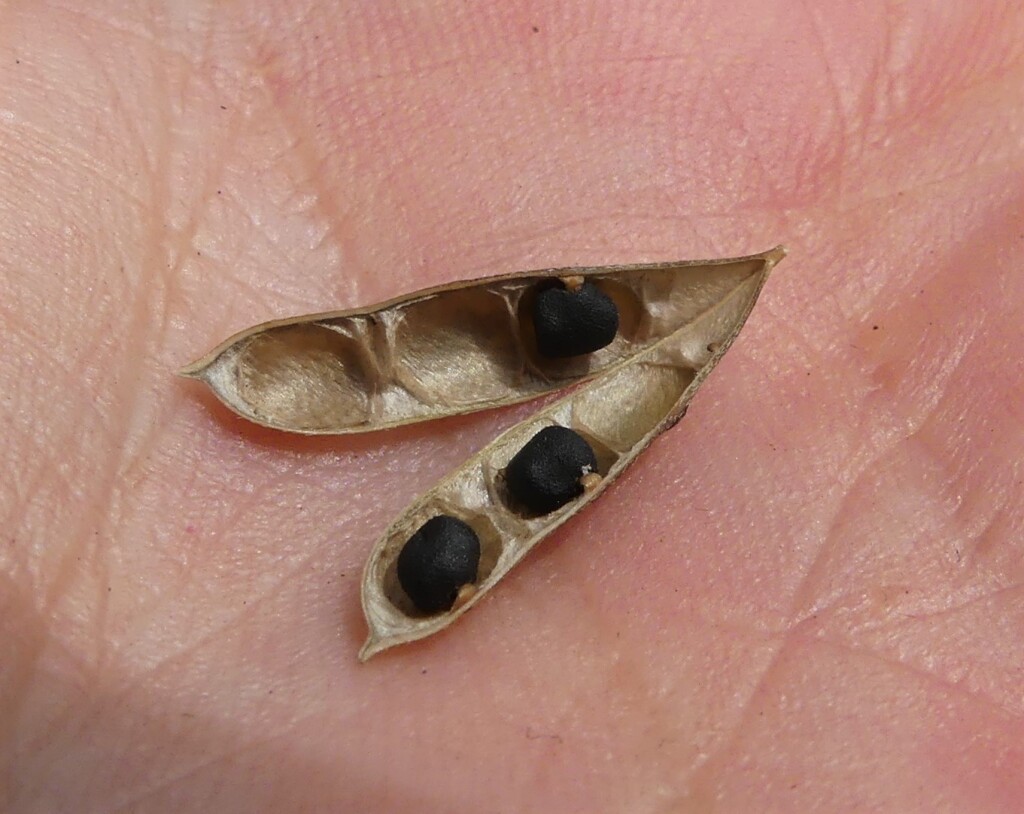Glycine tabacina
(Labill.) Benth. Variable GlycineScrambling or twining herb; stems elongated, stoloniferous on scrambling plants, hirsute to glabrous. Leaves sometimes dimorphic, pinnately trifoliolate, petiole 0.5–5 cm long; leaflets of upper leaves elliptic-lanceolate to ovate or linear, 0.7–6 cm long, 3–10 mm wide, apices acute to obtuse; leaflets of lower leaves usually broad-obovate to elliptic, 10–15 mm long, 8–14 mm wide, apices obtuse, truncate or retuse; upper surface sparsely strigose to glabrous; lower surface more densely strigose; stipules triangular to oblong-lanceolate; stipellae present on all petiolules, often persistent; leaflet reticulation obvious. Racemes in upper axils, 4–12-flowered; peduncles 2–12 cm long. Flowers on pedicels 1–4 mm long, usually arranged loosely and distally on rachis; bract subulate, 1–2 mm long; calyx 3–4 mm long, sparsely hairy to glabrous, lower 3 teeth usually shorter than the tube; petals blue, purple or mauve; standard 5–10 mm long; keel shorter than wings. Pod linear, 1.5–3 cm long, 3–4.5 mm wide, compressed, strigose to downy; seeds 3–6, obloid to ovoid, 1.7–3 mm long, smooth, dull or shining, purplish-black. Flowers mostly Oct.–Apr.
Wim, GleP, VVP, VRiv, MuF, GipP, OtP, Gold, CVU, GGr, NIS, EGL, EGU, HSF, HNF, Strz, MonT, VAlp. All mainland States. Fiji, New Caledonia, Vanuatu, Asia. Scattered widely and sporadically across much of Victoria, but less common in the west. Grows in open, grassy situations, often in drier forests and woodlands.
A very variable species, particularly in terms of the indumentum and leaf size, shape and degree of dimorphism.
Jeanes, J.A. (1996). Fabaceae. In: Walsh, N.G.; Entwisle, T.J., Flora of Victoria Vol. 3, Dicotyledons Winteraceae to Myrtaceae, pp. 663–829. Inkata Press, Melbourne.
 Spinning
Spinning


